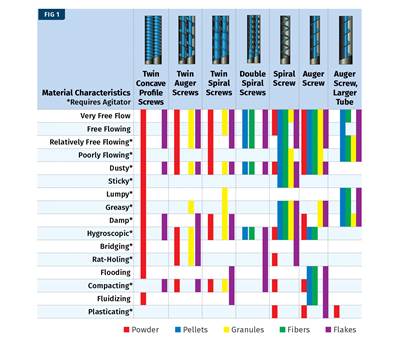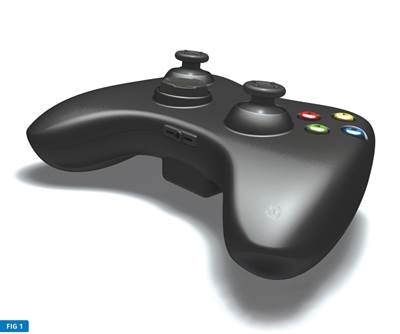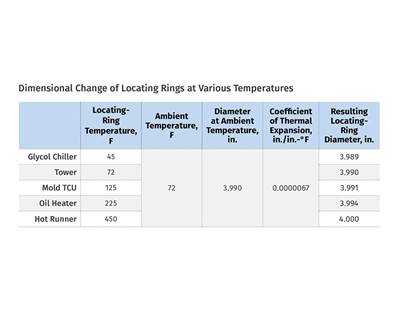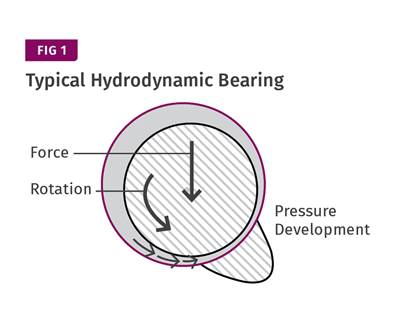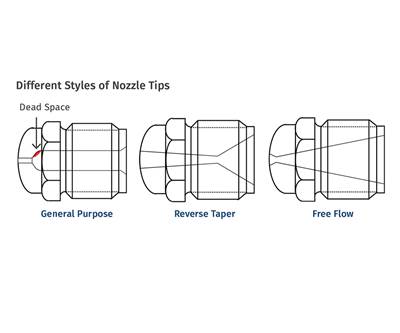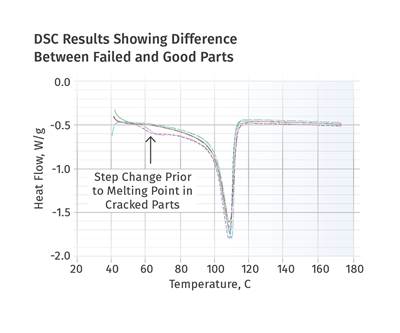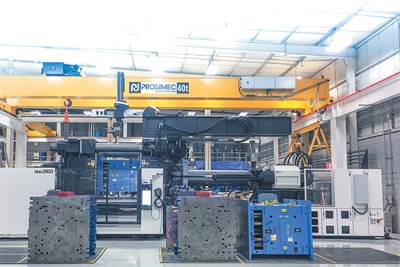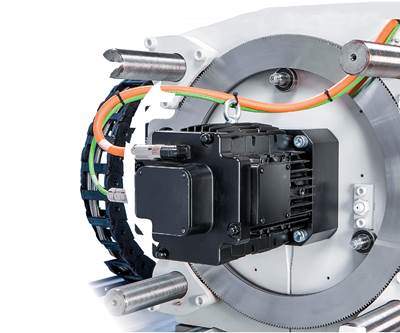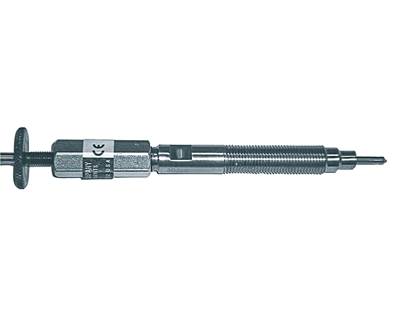best practices
Optimize Feeding to Get More Money in Twin-Screw Compounding
Follow these practical examples to improve the feeding efficiency and productivity of your process.
Read MoreUse Molding Simulation To Avoid Surface-Finish Defects
It’s not just for successful mold filling and cooling. Simulation can help predict and overcome cosmetic defects in molded parts.
Read MoreLocating Rings and Platen Damage: Part 2
Selecting the right locating ring and putting it to good use takes careful consideration.
Read MoreHow ‘Hydro Wedges’ Reduce Screw Wear
Using them only in the melting section provides for greater design freedom and negates the impact these devices can have on output and melt temperature.
Read MoreHow to Pick, Remove, and Replace a Nozzle Tip
This small component can cause big problems. Here’s my procedure for picking and replacing yours.
Read MoreThe Need for Generalists: Part 3
In failure analysis, there is a tendency to gravitate to a few common test protocols. But this approach can result in a mismatch of techniques to the problem.
Read MoreThree-Pronged Growth Strategy In U.S., China & Mexico
Diversified molder pursues growth on two continents in medical, packaging, and large parts.
Read More15 Things to Know About Servo-Driven Injection Machines
Drive technology for injection molding machines has been continuously evolving, and servo motors have become widely used in a variety of roles. Here’s what molders need to know about today’s servo drives in terms of cost, performance, maintenance, and training.
Read MoreHow to Collect and Interpret Process Data in Extrusion: Part 2
In this second of three installments, the focus is on the crucial element of melt temperature.
Read MoreWorld-Class Processors: Meet Plastics' Preeminent Processors
Plastics Technology’s second annual benchmarking survey is back with a new honor roll of companies from across the industry. One of the ties that binds these progressive processors is their reliance on data.
Read More
